Quiz: How do you know if you're asking fish hook questions?
- You have an period of awkward silence - crickets - followed by the same 2 or 3 students (4 if you're lucky) offering responses
- You find that you're having a lovely conversation with only 1 or 2 students.
- When you randomly call on someone, it is often followed by, "uuuuuuuummmmm, IIIIIII'mmmm not sure...what page are we on?"
- You have ever found yourself responding, "Well, if you were paying attention, you'd know." Don't get me wrong, there are PLENTY of legitimate times to say this!
If you answered yes to any of the above questions, then, yes, you indeed ask fish hook questions. Rest assured, however, you are in good company. I dare say most of us ask them even when we know there are more effective ways to elicit crowd participation!
The problem is that a small handful of students will be engaged in academic dialogue, some students will gain a few tidbits, but many will gain nothing.
Before we get into the how's, we must first understand the why's. Why don't more students respond in class? The answers lie in how we process information.
- Many students need time to process the question before they are ready to answer.
- Using verbal questions and asking for immediate verbal answers activates only the auditory modality.
- Many students need to process thoughts through writing or drawing before they are able to answer.
- Students often need more structure beyond simply allowing more "wait time."
- Students who test out their responses in a pair or very small group become more confident and offer more detailed answers than those who don't.
It's is usually not defiance behind reticent students; it's most often differences in processing and expressing information. How many times have you said, "Wait, just let me get my thoughts together!"
So how do you give everyone the time and space they need. Here are a few strategies:
- Think, Write, Pair, Share: this one's been around a good while, but don't underestimate its effectiveness.
- Numbered Heads Together: GREAT strategy to keep everyone on their toes!

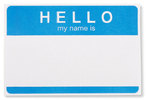
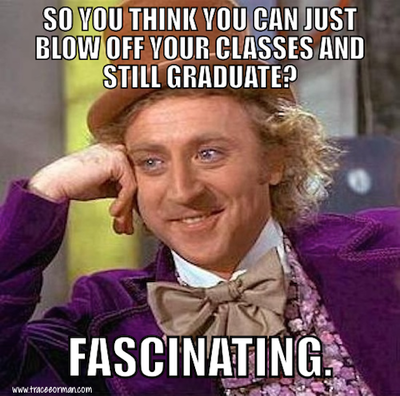
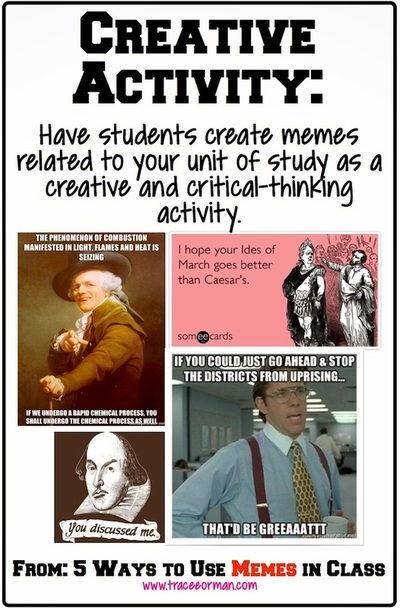
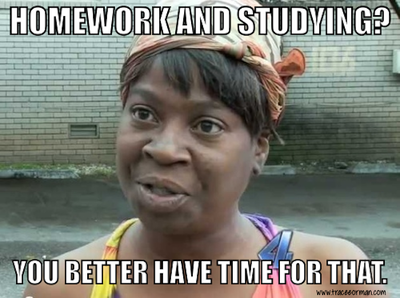
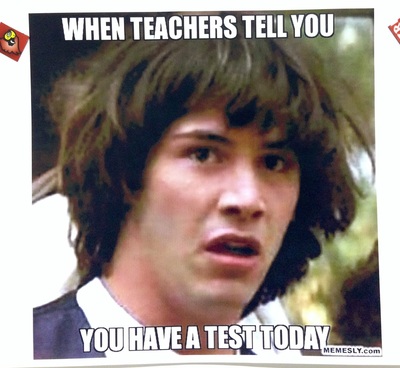


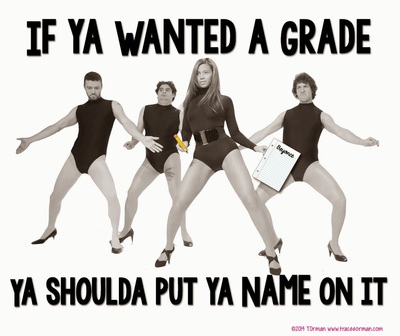
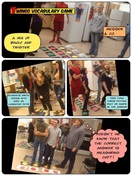
 RSS Feed
RSS Feed
